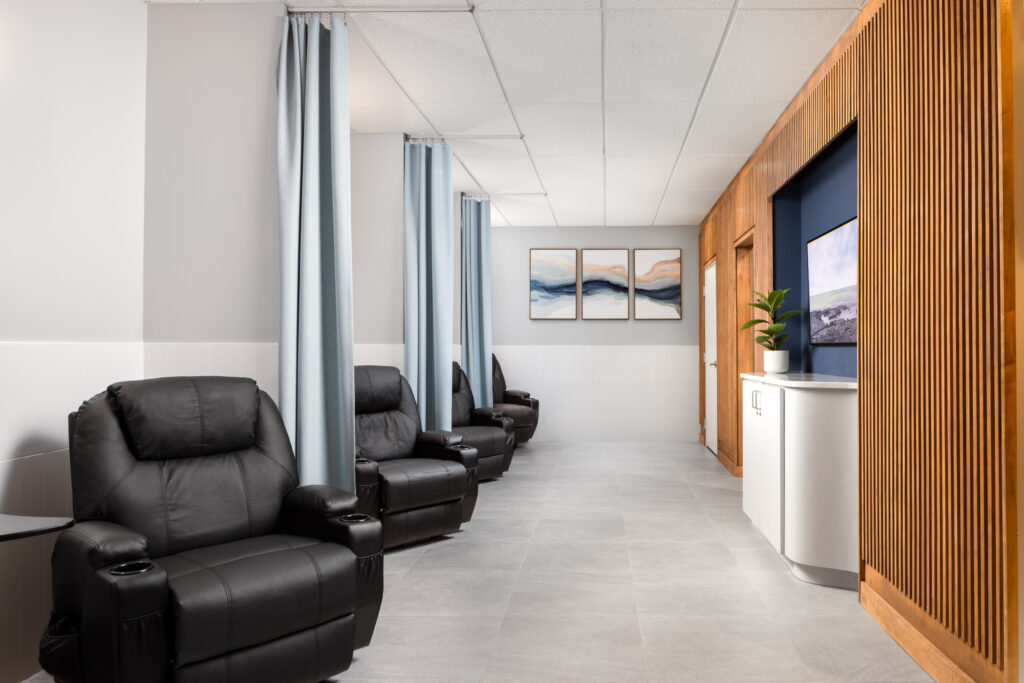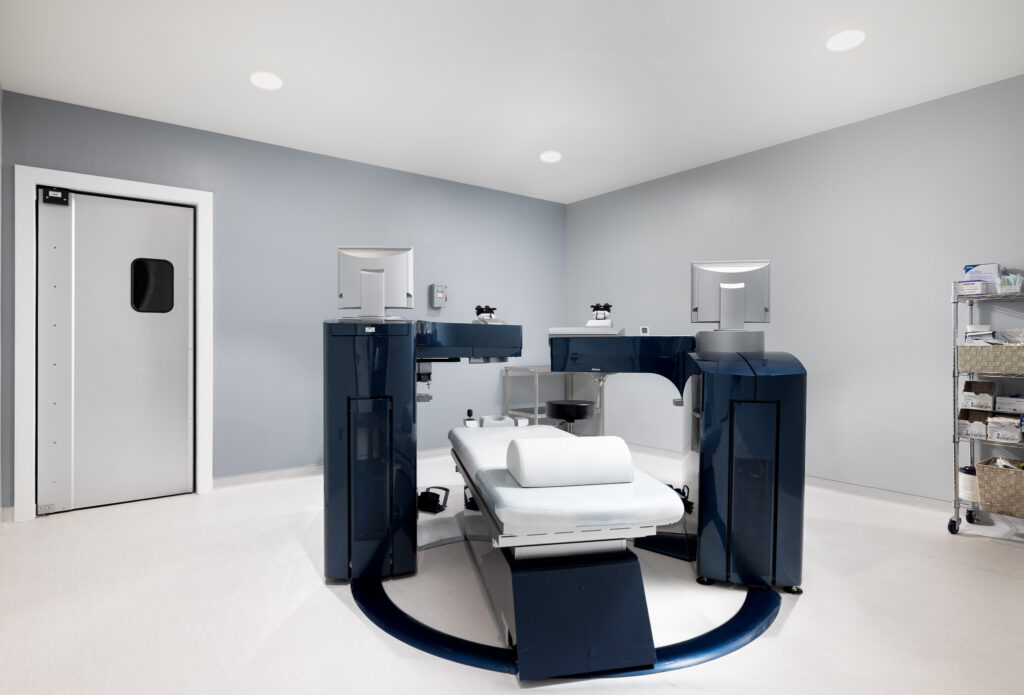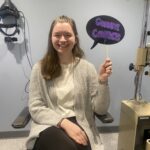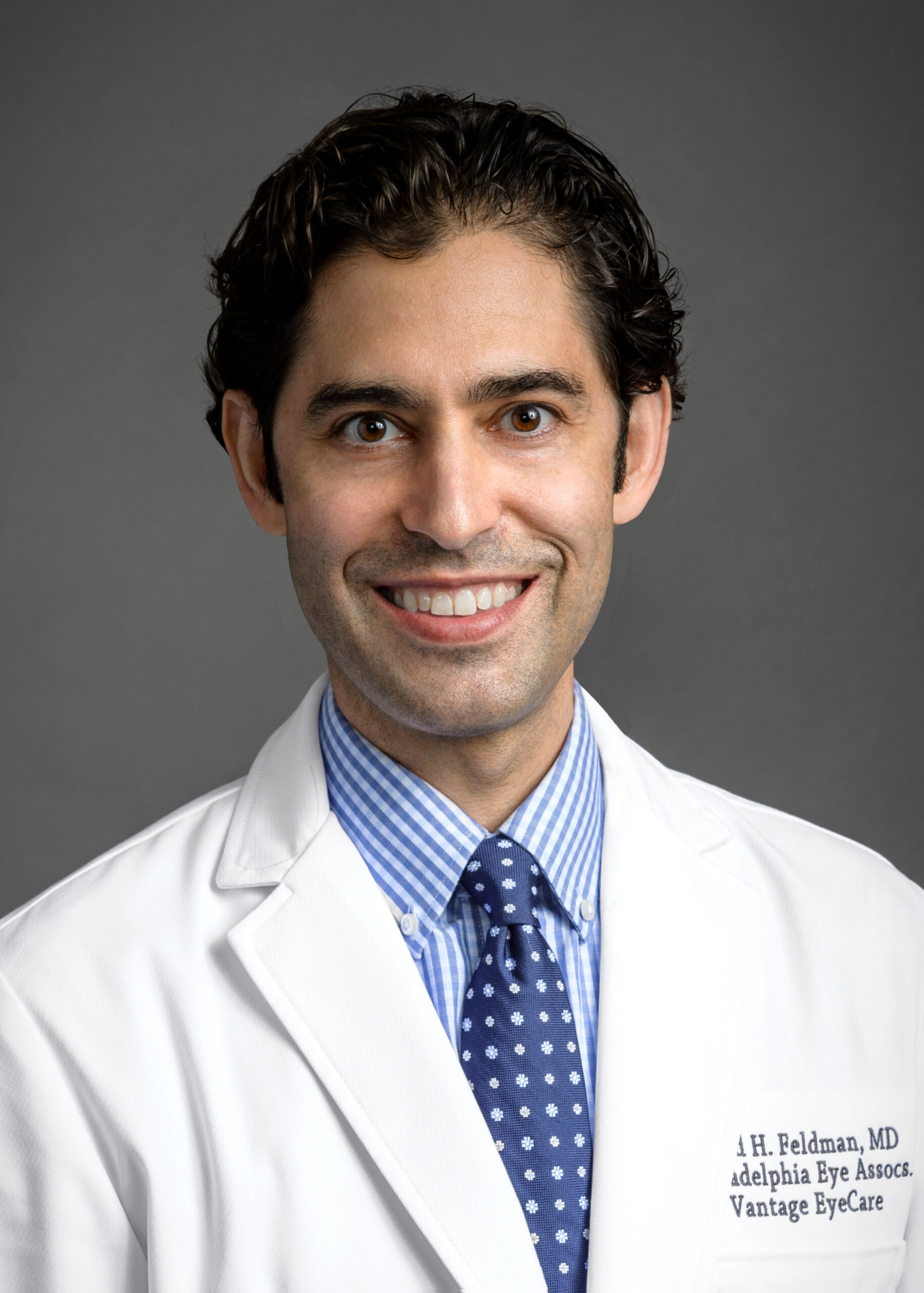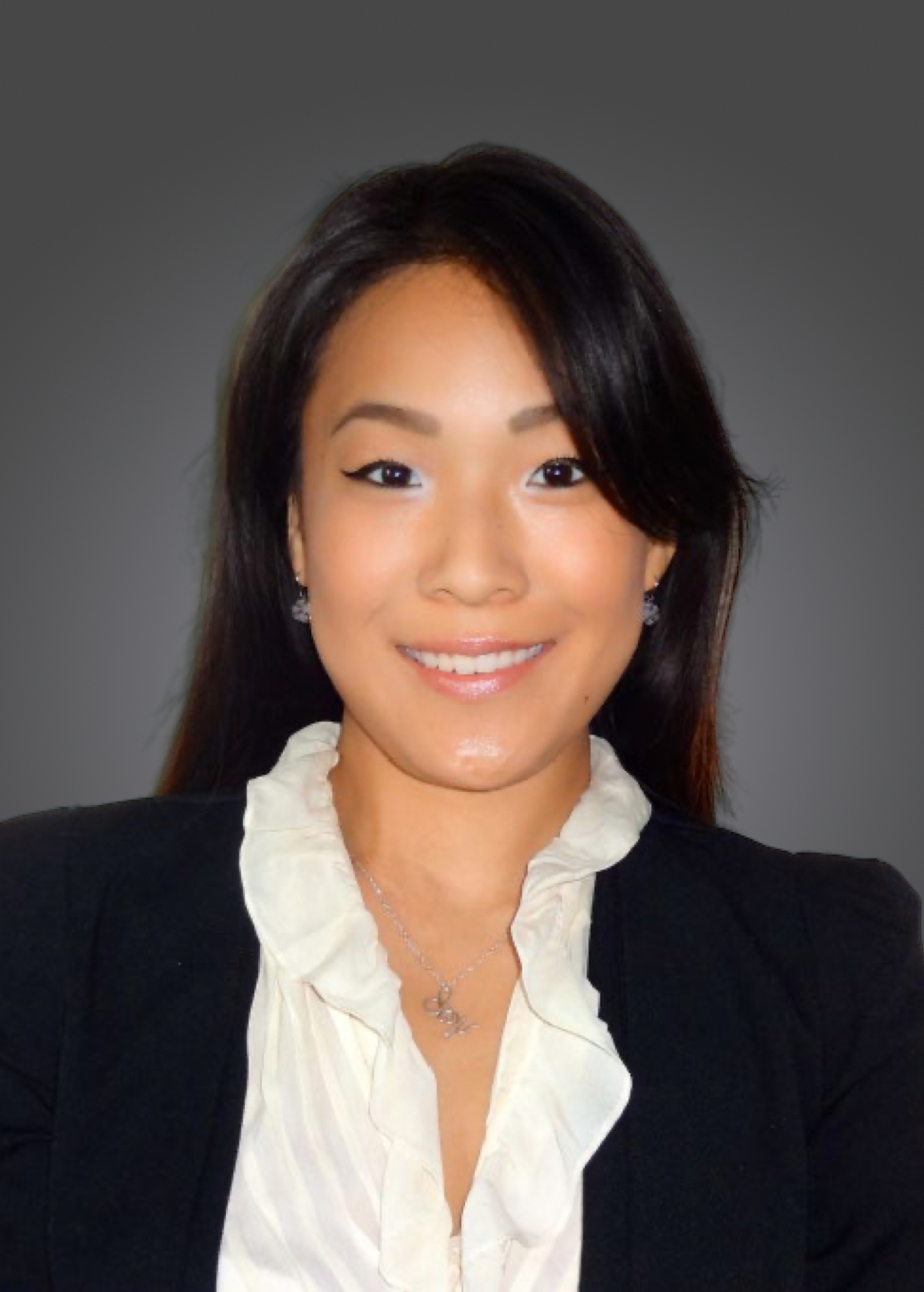What is LASIK?
LASIK is the most popular type of outpatient laser vision correction due to rapid recovery, reliable results, minimal discomfort and very high patient satisfaction. All laser vision correction procedures use a laser to reshape the cornea, thereby reducing or even eliminating the need for glasses or contacts by treating near-sightedness, far-sightedness, and astigmatism. There are three forms of laser vision correction: laser in-situ keratomileusis (LASIK), photorefractive keratectomy (PRK), also called advanced surface ablation, and small incision lenticule extraction (SMILE). All three procedures have evolved with improved laser technology to become increasingly safe and effective.
Philadelphia Eye Associates Refractive Suite
At Philadelphia Eye Associates, we offer all-laser LASIK with the Contoura® Vision Topography-Guided system using the Alcon Wavelight® Refractive Suite. Recent studies1-2 have demonstrated that with this modern approach, over 95% of patients with nearsightedness and astigmatism can achieve 20/20 vision. In fact, 30% of patients treated with Contoura® Vision actually achieve better vision than what they could have achieved in glasses before the surgery.
In addition to Contoura® Vision LASIK and PRK, we perform EVO ICL and refractive lens exchange (RLE), two lens-based procedures, that improve vision without reshaping the cornea. EVO ICL is preferred for patients with very high degrees of near-sightedness or patients who have any risk factors for poor outcomes with laser vision correction. RLE is typically best suited for patients over 40 years old who may have both distance and near vision difficulty without glasses.
SMILE is another excellent laser vision correction procedure but is currently more limited in its ability to treat farsightedness and astigmatism. Recent studies have shown similar results between LASIK and SMILE, but a faster visual recovery with LASIK. SMILE is also more difficult to retreat if an enhancement is ever needed.
Benefits of Laser Vision Correction
Vision correction can really change your life. You can experience the freedom of seeing clearly when driving, playing sports, swimming, golfing, and doing everyday tasks like setting the alarm clock and brushing your teeth. Imagine:
- No more hassling with smudged glasses or broken frames
- No more fumbling around the bathroom and shower
- No more fidgeting with contacts every morning and night
- No more risk of contact lens related infections and complications
Differences Between LASIK and PRK
LASIK starts with creating a corneal flap that is moved for the excimer laser treatment. The excimer laser reshapes the cornea to alter its curvature and ultimately correct vision problems. After reshaping the cornea, the flap is moved back into its original position.
PRK skips the corneal flap, but uses the same laser reshaping treatment. Each procedure has its own set of advantages and risks that your surgeon will discuss with you during your consultation.
Contoura® Vision LASIK
Contoura® Vision Topography-Guided treatments offer unmatched personalization by measuring 22,000 elevation points to create a custom treatment profile targeting only the parts of the cornea that need to be corrected. This technology allows for one of the most accurate and safest LASIK approaches around. Unlike traditional LASIK, Contoura® Vision has actually been shown to reduce visual disturbances, such as glare and halo, in patients who wore contacts or glasses prior to their Contoura® Vision procedure.
Another major advantage of Contoura® Vision is that it is the fastest total LASIK platform in the US, with the ability to create a LASIK flap in just 6 seconds and to treat a diopter of myopia in just 1.4 seconds. This leads to an improved patient surgical experience with decreased discomfort and a shorter surgery.
Read our Patient Testimonials
Laser Vision Correction FAQs
1Stulting RD, Lobanoff M, Mann PM 2nd, Wexler S, Stonecipher K, Potvin R. Clinical and refractive outcomes after topography-guided refractive surgery planned using Phorcides surgery planning software. J Cataract Refract Surg. 2022 Sep 1;48(9):1010-1015. doi: 10.1097/j.jcrs.0000000000000910. PMID: 35171146.
2Rowen SL, Tooma T, Trieu N, Hall B. Retrospective Study Comparing Topography-Guided and Wavefront-Optimized LASIK Procedures in a Single Center. Clin Ophthalmol. 2024 Jun 6;18:1615-1622. doi: 10.2147/OPTH.S455262. PMID: 38860117; PMCID: PMC11164091.

